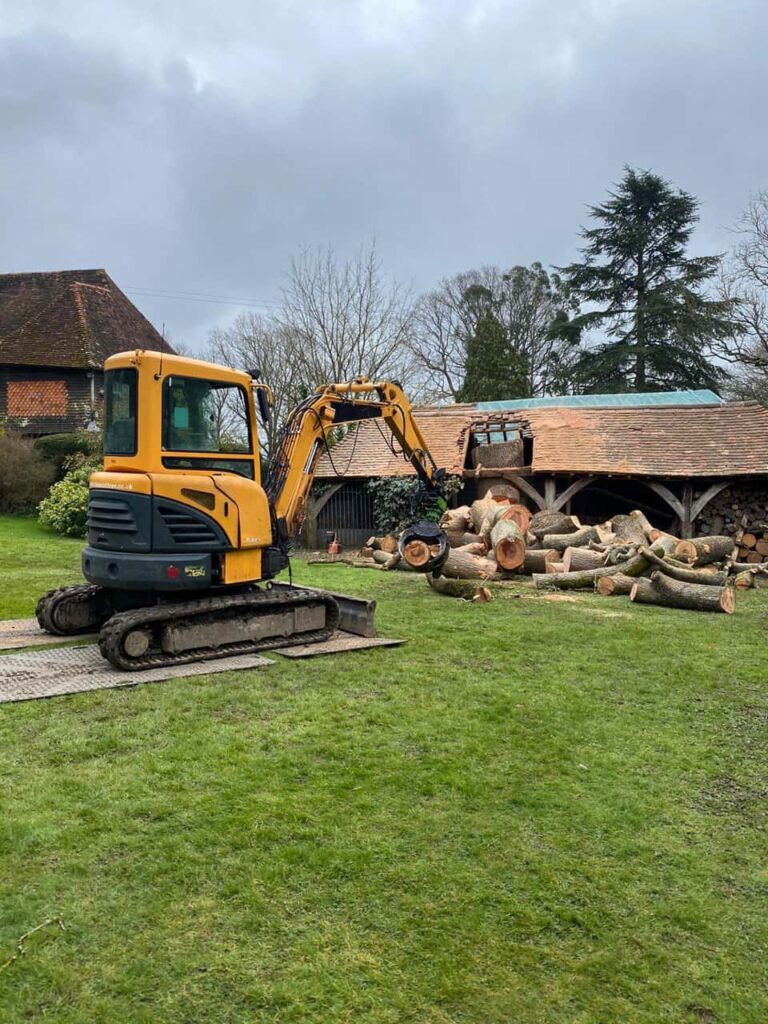Introduction: Maintaining the health and vitality of your trees is essential for their longevity and the overall well-being of your landscape. One of the most effective practices for ensuring tree health is pruning. Pruning involves the selective removal of branches and foliage to enhance the tree’s structure, aesthetics, and overall health. In this blog post, presented by Felixstowe Tree Surgeons, we’ll explore the importance of pruning for tree health and provide tips and strategies to help you make the most of this essential practice.
The Benefits of Pruning for Tree Health
- Enhanced Air Circulation: Pruning helps improve air circulation through the canopy, reducing the risk of fungal diseases and promoting the tree’s overall health.
- Sunlight Penetration: By selectively removing branches, pruning allows more sunlight to reach the inner foliage. This stimulates photosynthesis and encourages healthy growth.
- Thinning and Canopy Reduction: Thinning the canopy through pruning reduces the weight of branches and minimises the risk of breakage during storms or heavy winds.
- Removal of Dead or Diseased Branches: Pruning allows for removing dead or diseased branches, preventing the spread of disease and improving the tree’s overall appearance.
- Shape and Aesthetics: Pruning can enhance the tree’s natural shape, improving its aesthetics and visual appeal within your landscape.
Pruning Tips for Tree Health
- Timing: The timing of pruning is crucial. Most trees benefit from pruning during late winter or early spring when they are dormant. Avoid pruning during the active growing season, as it can stress the tree.
- Proper Tools: Invest in high-quality pruning tools, including hand pruners, loppers, and pruning saws. Sharp, clean tools make cleaner cuts and minimise the risk of disease transmission.
- Know Your Goals: Before pruning, have clear objectives in mind. Are you pruning for structure, aesthetics, or to remove dead/diseased branches? Knowing your goals will guide your pruning decisions.
- Start with Dead or Diseased Branches: Always begin by removing dead or diseased branches. These are a priority as they can harm the tree’s overall health.
- Maintain a Central Leader: Maintaining a central leader (a dominant, vertical stem) is important for many tree species. Remove competing branches that may compromise the central leader’s growth.
- Avoid Over-Pruning: Over-pruning, or excessive removal of branches, can stress the tree and lead to health problems. Follow the “1/3 rule” – do not remove more than one-third of the tree’s canopy in a single pruning session.
- Proper Techniques: Use appropriate pruning techniques, including making clean cuts outside the branch collar (the swollen area where a branch attaches to the trunk).
- Consult a Professional: For large or challenging pruning tasks, or if you are uncertain about the best approach, consult a certified arborist or tree surgeon.
Conclusion: Pruning is a valuable tool for maintaining the health and appearance of your trees. By following these tips and strategies, you can ensure that your pruning efforts contribute to the well-being of your trees and enhance the beauty of your landscape. If you have large or complex pruning needs, don’t hesitate to reach out to the experts at Felixstowe Tree Surgeons. We are here to help you care for your trees and keep them healthy for generations.
Call us on: 01394 338 692
Click here to find out more about Felixstowe Tree Surgeons
Click here to complete our contact form and see how we can help with your tree’s needs.

